1. Mutualism
1.1. Video: Bird Water Buffalo Mutualism http://www.youtube.com/watch?v=8BEKrc-aXF8&feature=PlayList&p=E46D2FAEDCFC8E63&index=17
1.1.1. Organisms involved
1.1.1.1. Bird
1.1.1.2. Water buffalo
1.1.2. Basis of symbiotic relationship
1.1.2.1. The birds helps the water buffalo remove ticks, flies and flecks of dry skin from its body, things which irritate and harm the water buffalo
1.1.2.2. The water buffalo provides transport and food (ticks, flies and flecks of dry skin) for the birds
1.1.3. Little or no influences on population change
2. Exploitation
2.1. Parasitism
2.1.1. Video: Deadliest Parasite on the Planet
2.1.1.1. Parasite: Mosquito
2.1.1.2. Host: Human
2.1.1.3. Basis of Interaction: Food
2.1.1.4. The population of humans would decrease while the population of mosquitos would increase
2.2. Predation
2.2.1. Video: 'Fastest Animal In the World'
2.2.1.1. Predator:The Peregrine Falcon
2.2.1.2. Prey: The Pigeon
2.2.1.3. Basis of Species Interaction: Food
2.2.1.4. The population of pigeon would decrease while the population of the peregrine falcon would increase
2.2.1.5. Pigeon's only defensive adaptation is that it can out-chase the Falcon at low levels
2.2.2. Defensive Adaptations
2.2.2.1. Cryptic Coloration
2.2.2.1.1. Video: Invisible Octopus
2.2.2.2. Aposematic Coloration
2.2.2.2.1. Video: BBC: Poison Dart Frogs - Wild Caribbean
2.2.2.3. Batesian Mimicry
2.2.2.3.1. Video: The Indonesian Mimic Octopus
2.2.2.4. Mullerian Mimicry
2.2.2.4.1. Video: Top 10 Odd Animal Couples: Shrimp & A Goby
2.3. Herbivory
2.3.1. the process in which a herbivore eats parts of a plant, this has led to the evolution of plant mechanical and chemical defenses and consequent adaptations by herbivores.
3. Competition
3.1. Intraspecific
3.1.1. Video: Animal Olympians: Weight Lifting http://www.youtube.com/watch?v=Q8iaYlWyWoI&feature=PlayList&p=E46D2FAEDCFC8E63&index=8
3.1.1.1. Organisms Involved
3.1.1.1.1. Rhinoceros beetles
3.1.1.2. Basis of symbiotic relationship
3.1.1.2.1. Competition for mate
3.2. Interspecific
3.2.1. Video: How the fig tree strangles other plants for survival in the rainforest http://www.youtube.com/watch?v=UCUtpmwacoE
3.2.1.1. Organisms involved
3.2.1.1.1. Fig tree
3.2.1.1.2. Other trees in the rainforest
3.2.1.2. Basis of symbiotic relationship
3.2.1.2.1. Competition for nutrients, sunlight and water in the rainforests causes the fig tree to strangle other trees
3.2.1.3. As the population of fig tree increase, the population of other species of trees decreases
4. Commensalism
4.1. Video: Whaleshark & remora http://www.youtube.com/watch?v=48eKFw7DDbY
4.1.1. Organisms involved
4.1.1.1. Whaleshark
4.1.1.2. Remora
4.1.2. Basis of symbiotic relationship
4.1.2.1. The remora attaches to the whale shark for transport and protection
4.1.3. Little or no influences on population change
